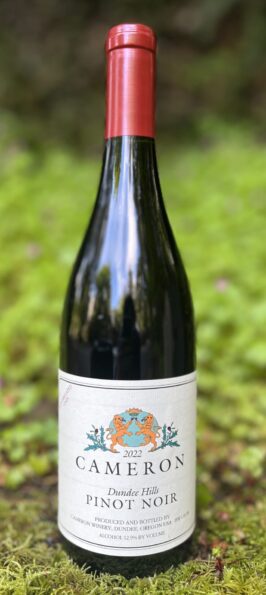Irrigation: the oxycontin of viticulture
From John, March 30th, 2019
old non-irrigated vine
It makes everything feel good but it is terribly addictive and the health of the patient is always compromised. I am talking of course about irrigating vineyards in North America.
Certainly Europe would have to be considered the progenitor of American viticulture and their vineyards are largely dry farmed. And in the beginning, and until quite recently, vineyards in America were also dry farmed.
So what happened? After the famous Steven Spurrier Tasting in 1976 (won by Stags Leap Winery and Chateau Montelena), investment in vineyards started pouring into the Napa Valley and California viticultural areas in general. With that money came bankers and accountants demanding return on their investments. And to ease the pain of those hefty financial transactions, vineyards began irrigating. With irrigation, vines could be in production in 2 years instead of 5-7, yields could be increased and the quantity of sugar in the grapes could be pushed to previously unknown levels.
Note that nothing has been said about “quality” here. As yields went up, quality went down and as sugars went up, California wines became known as high alcohol fruit bombs. By comparison the beautifully crafted wines that won the Paris Tasting in 1976 were all around 12.5% alcohol. You would be hard pressed to find a Napa Valley wine today that is less than 14-15% alcohol (unless it comes from one of the remaining dry farmed vineyards such as Frog’s Leap).
In Europe, if one introduces irrigation to one’s vineyard, one immediately loses rights to an appellation because rainfall (timing and quantity) is a basic component of terroir. Irrigated vineyards have no more terroir than a hydroponically grown green house tomato.
The Oregon wine industry basically copied the California model approximately 10 years later. In our case, a tasting of Burgundies vs Oregon Pinot noirs took place with wines from our 1983 vintage. And again, with the fame garnered by the results, money poured into the Willamette Valley tethered to grandiose schemes for irrigating the new vineyards. The results have been largely the same with a plethora of high alcohol, fruit-forward wines.
The good news is that there are still plenty of dry farmed vineyards in both Oregon and California. Though they constitute a minority of the plantings, they are certainly producing the best wines. Many of these vineyards are represented by the Deep Roots Coalition.
Share ThisRecent News & Rants
old vines, old wines & an old winemaker
One of the advantages of being an “old-timer” in the world of enology and viticulture is that our vines have aged along with me. It is a well known phenomenon in the world of wine that old vines tend to produce superior wine. A recent tasting of 18 vintages of Clos Electrique Blanc magnums proved that adage to be true! Overall, the consensus was that 8-14 years of aging seems to be the absolute “sweet spot” for this magnificent vineyard.
There’s More... >What do winter cold snaps do to the vineyard?
With climate progressively changing, one phenomena that is starting to occur fairly regularly is an occasional bout of intense winter cold weather. In January 2024, temperatures descended to as low as 4F in high altitude vineyards. Read on to learn how grapevines respond to this stress.
There’s More... >Cheers to a fantastic year ahead!
Bottles of Cameron Winery wine that are currently for sale.
2022 Dundee Hills Chardonnay, 2021 White Oak Pinot noir, 2021 Abbey Ridge Pinot noir, 2021 Clos Electrique Rouge, 2021 Clos Electrique Blanc, 2022 White […]
There’s More... >

